
Losses at Little Moons have shot past £50m in the aftermath of the mochi snacking brand’s decision to close its Kettering factory.
Newly filed accounts laid bare the scale of the disruption caused by shuttering the new production facility less than a year after opening the site.
Little Moons intended the 50,000 sq ft factory in the East Midlands to be its main manufacturing hub – with the two existing sites in London earmarked for closure – as the business anticipated continued soaring demand for its mochi ice cream balls.
The u-turn on the Kettering plant – which also resulted in about 200 redundancies – led to a £31m writedown at the business in the year to 27 December 2024, on top of £11m in exceptional costs related to the opening and then closing of the factory, depreciation of £3.1m and amortisation of £900k, the latest Little Moons accounts revealed.
It pushed the company to an operating loss of £50.8m last year, a significant jump from a £500k shortfall in 2023.
Pre-tax losses extended further to £52.1m, down from a £7k profit, on the back of almost £1m in interest payments and a £500k loss on foreign exchange contracts.
Gross margins were squeezed from 50.5% to 45.7% because of higher production costs in Kettering as production began to ramp up following the initial opening.
The incremental running costs from operating several factories also put a strain on underlying profitability, with adjusted EBITDA sinking from a profit of £3.2m in 2023 to a loss of £5.8m.
Turnover at the group, which had previously recorded runaway growth, flatlined in 2024 at £53.6m.
Back to earth with a bump, why did Little Moons factory fail?
CEO Joanna Allen, who joined the business in June 2024, expected Little Moons to return to growth in 2025.
“Little Moons employs over 200 permanent staff, has revenue over £53m and exports to 38 markets, where it is pioneering a revolution in frozen and chilled snacking,” she told The Grocer.
“Despite the challenging environment for consumers, revenue was stable in 2024 and is on track to return to growth in 2025, demonstrating strong demand for our products in both retail and hospitality.
“Our focus is on continuing to build a global snacking brand and sales growth through deepening distribution in existing markets and expanding into new markets and sales channels. This will be supported by ongoing product development, both improving existing products and introducing innovative new products to the market.”
How Joanna Allen got Little Moons back in control after fast and furious freefall
The upheaval also affected the company’s balance sheet, swinging from £7.4m in net assets to £43.9m in net liabilities because of the impairment and an increase in long-term borrowing due to loans used to build the factory.
Existing shareholders, which include private equity firm L Catterton, pumped an additional £19m of funding into the business in May 2024.
Its backers also agreed a £5m long-term loan after breaching banking covenants in December last year, with the banking facilities being renegotiated.
“The directors are comfortable that this provides sufficient liquidity for the company,” a statement accompanying the accounts said.
The drama at the business with the factory meant borrowings at Little Moons have increased, with bank loans totalling £34.6m at the financial year end and due to be repaid in instalments over the coming two years.
The accounts have been signed off by auditors on a going concern basis.
“Despite the net liability position, the directors are satisfied that the company’s forecasts and projections show that the company is able to meet its financial commitments during the period reviewed, without the need for additional investment and with sufficient headroom against the reset banking covenants,” the documents at Companies House added.
“Accordingly, the directors continue to adopt the going concern basis in preparing the annual report and financial statements.”
Earlier this summer, Little Moons repositioned its brand to compete in sweet snacking across all categories rather than purely ice cream.
The move reflected its product lineup of gelato, cheesecake and sorbet bites.

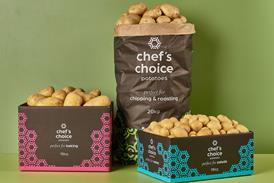



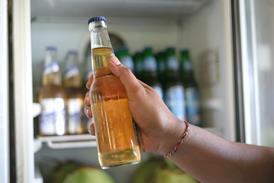


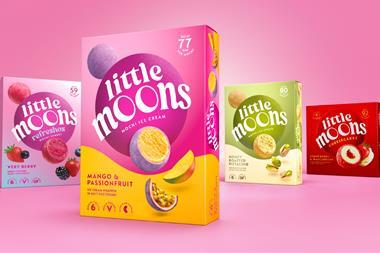
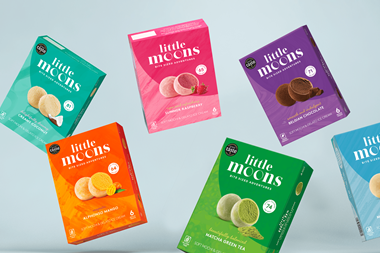


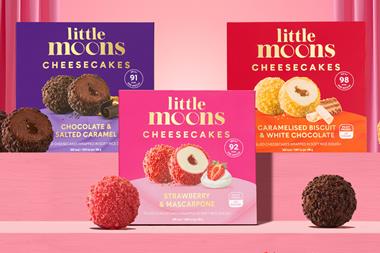






1 Readers' comment